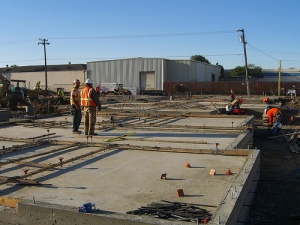 Today’s Tip is a simple one: Pick up the phone to ensure good communications on the construction project. Too many of us naturally default to email or text message when communicating on the fly. Without the tone of voice, however, many times things get misconstrued or taken out of context.
Today’s Tip is a simple one: Pick up the phone to ensure good communications on the construction project. Too many of us naturally default to email or text message when communicating on the fly. Without the tone of voice, however, many times things get misconstrued or taken out of context.
I’m sure you’ve had the experience of emailing someone, and later learning they are mad or offended at something you said. You thought the comment was innocuous. They took it the wrong way. Apologies were necessary; feelings were hurt.
While telephoning the other party can take more time, it keeps things on an even keel. Tones can be “read” and misunderstandings can be cleared up right away.
The next time you need to have a substantive communication with the Owner or Contractor, try the telephone. You know, that email-checking/text-enabling device that is always with you? It can telephone folks too. Try it.
This post was in no way inspired by any misunderstood emails involving the author. (Am I serious, or kidding? Hard to tell, isn’t it?).
———————-
Photo: (c) Victor Manuel via Creative Commons license.



